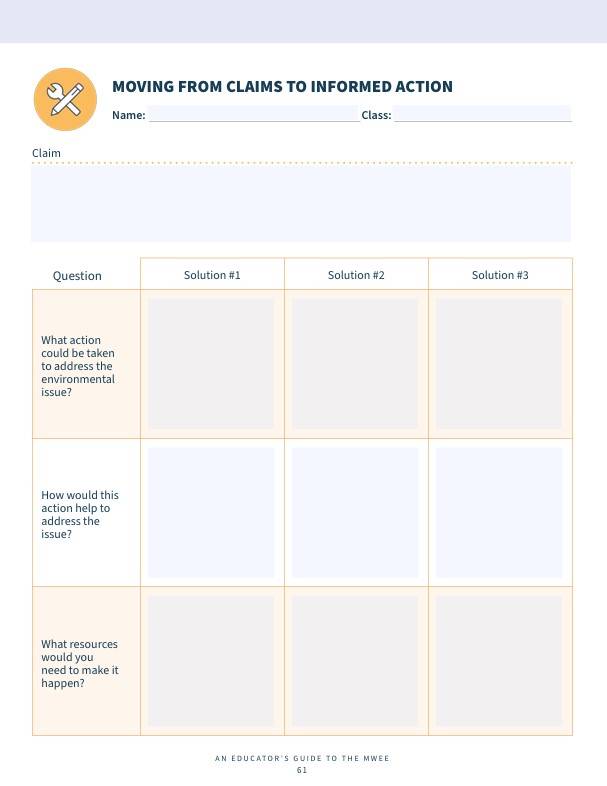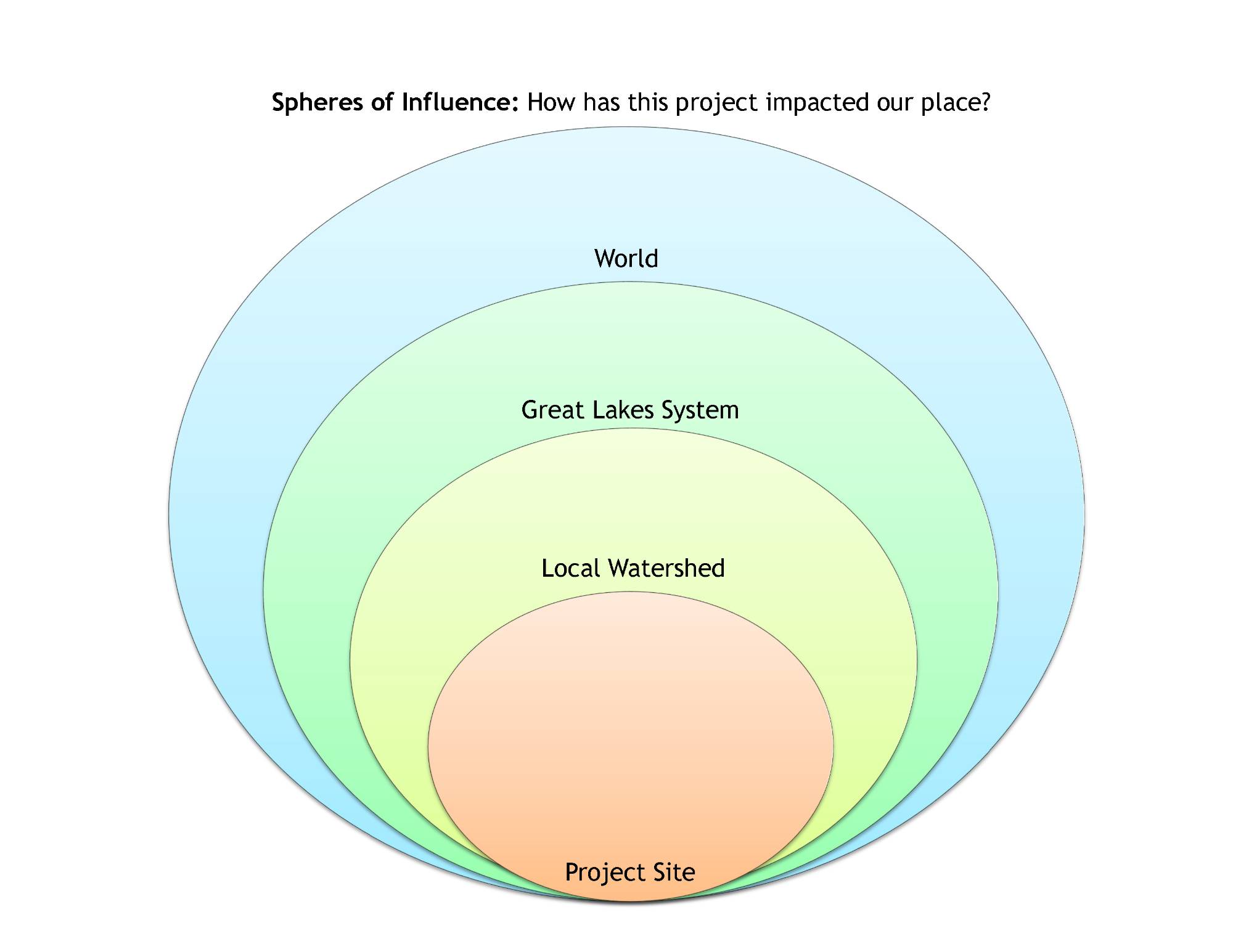Synthesis and Conclusions


[1560350993].jpg)



About
During the Synthesis and Conclusions portion of a Meaningful Watershed Educational Experience (MWEE), students reflect on each experience and investigation in relation to the issue and share their claims and conclusions with each other. Teachers should plan for this to occur regularly throughout the MWEE.
More About Synthesis and Conclusions
This learning and frequent reflection provide the foundation for developing claims and environmental action that address the driving question and connect to the environmental issue. Throughout the MWEE process, students should demonstrate an understanding of their investigations and conclusions with their peers or the school community. This could involve multiple disciplines and a variety of formats, including:
- discussion
- journaling
- presentations
- graphing
- performing skits or songs
- creating art
- storymaps or storyboards
What is Synthesis and Conclusions?
The above video was created in partnership with WGVU with NOAA support.
What is Synthesis and Conclusions?
Connect students to the community and build students' ownership of their MWEE with the integration of synthesis and conclusions throughout the process. Frequent reflection provides students with the foundation to develop claims and environmental action that addresses the driving question and connects to their environmental issue.
Classroom Connections
Facilitate student synthesis of content and provide the scaffolding for students to draw conclusions about their research and experiences related to their MWEE.
Questions to Consider
As you facilitate student synthesis to draw conclusions, consider:
- What instructional tools have you used that help students make connections between different lessons or activities?
- What tools do you plan to use during your MWEE to create a space and allow time for students to compile, analyze, conclude and reflect on the information learned and their observations
Claim, Evidence, Reasoning
Support your students' synthesis of their investigation findings using the Claims, Evidence, and Reasoning worksheet to facilitate student efforts to draw conclusions around their work on answering their driving and supporting questions.
Reflect, Share, and Celebrate!
Guide students through a reflection of how their project impacted their place, from the site of their project to the Grand River, to the Great Lakes system, and even the world. To build on this activity, explore the Creating Meaningful Outdoor Experiences Unit, which is designed to provide students with a MWEE centered on the Great Lakes Watershed.
After conducting an outdoor field experience or a classroom investigation, ask each small group to spend some time analyzing and interpreting their data/results. Ask students:
How can you communicate your conclusions with pictures, charts, or graphs?
How do your conclusions relate to the driving question and local issue you selected?
What more do you need to know?
Were there new questions that popped up?
MWEEs in your Classroom
The above video was created in partnership with WGVU with NOAA support.
MWEEs in your classroom
Using a student driven approach, promote student synthesis and conclusions with interdisciplinary opportunities in the classroom.
Classroom Connections
Are you looking for a place to start? Use the below Groundswell Showcase videos to see students demonstrate how they synthesized and drew conclusions about the information they learned through their issue investigation and outdoor field experiences to plan their environmental action projects.
Habitat Initiative Project 4 Wildlife (H.I.P. 4 Wildlife): Watch students discuss how they synthesized the information they learned about wildlife and native plants and drew conclusions about the types of habitats wildlife need to design their environmental action project.
Pollution Solutions: Watch students provide an overview of their synthesis of their research into how ecosystem threats impact water quality and the conclusions they drew to inspire their environmental action project.
Biological Water Quality Monitoring: Students discover the diversity of life in the rivers and synthesize their investigation results to draw conclusions about best practices in environmental stewardship and management decisions in their local areas.
Highlight student talents by encouraging a variety of formats to demonstrate their understanding of the issue.
Give students the opportunity to share and debate their evidence and conclusions with their peers.
Discover other ways to build student success through the use of Supporting Practices found in a selection from the NOAA MWEE Guide.
MWEE Audit: Synthesis and Conclusions
The MWEE Audit Tool for Synthesis and Conclusions can be used to strengthen an existing MWEE or help plan a new MWEE to ensure that the essential element of synthesis and conclusions is meaningfully included.


